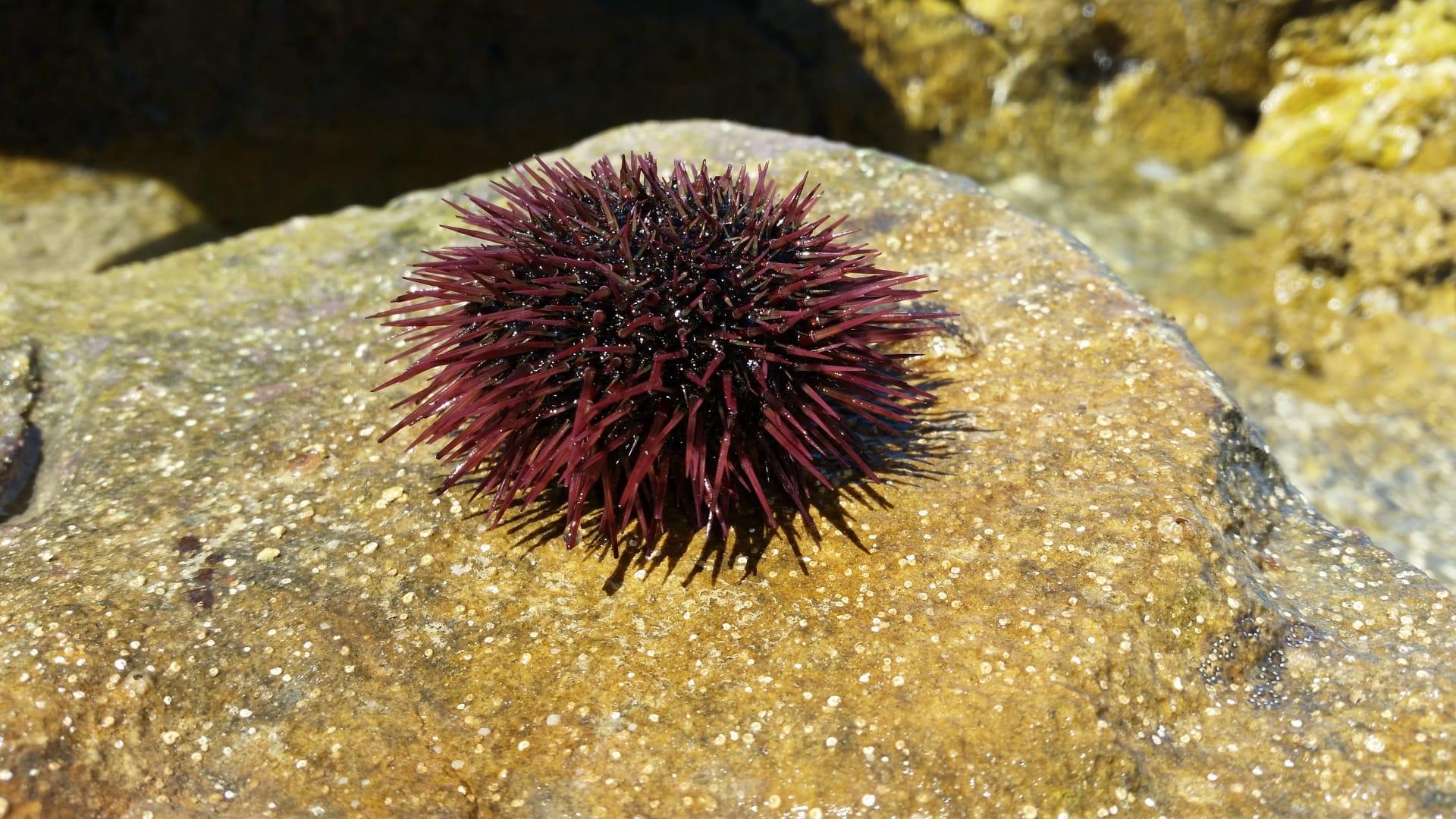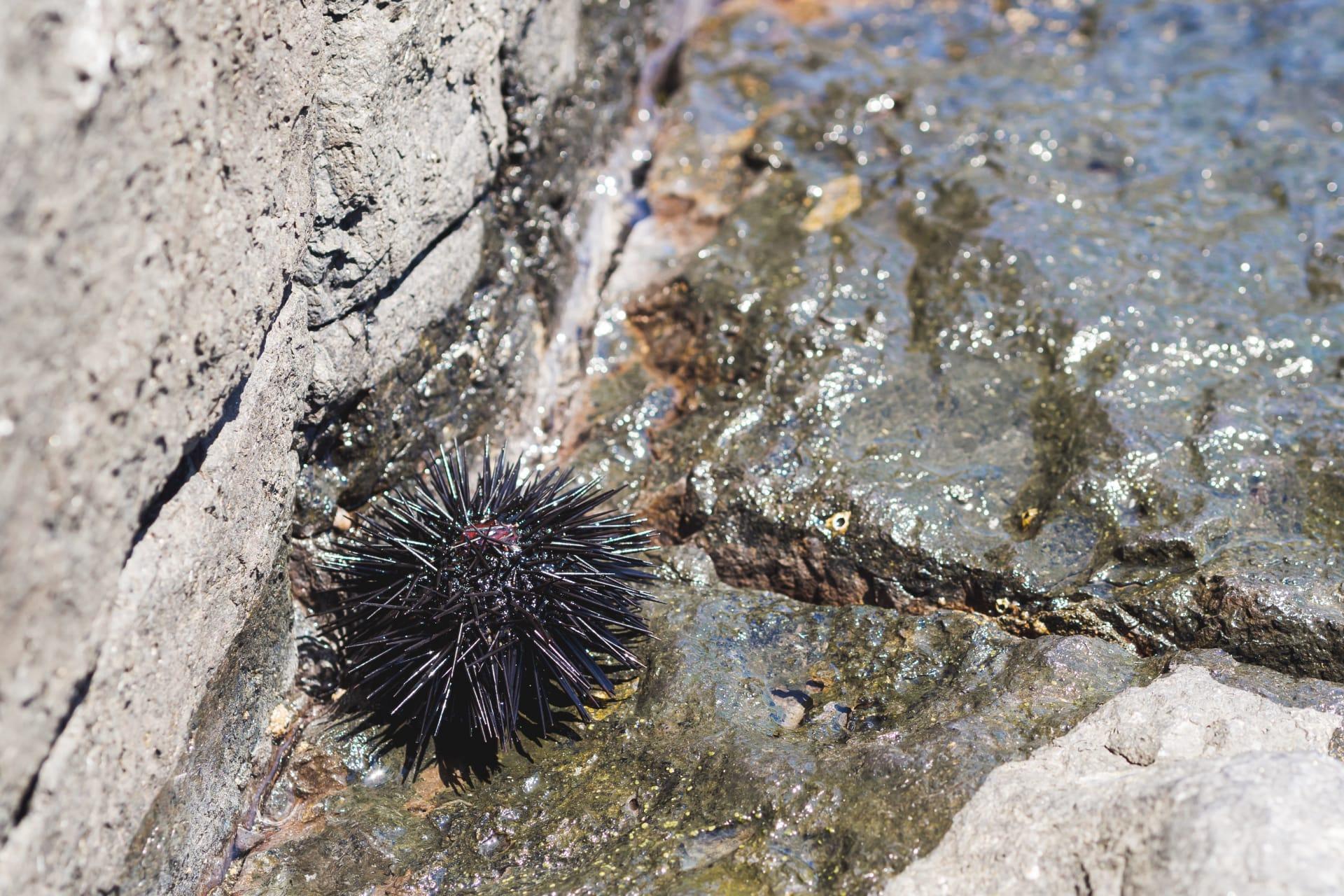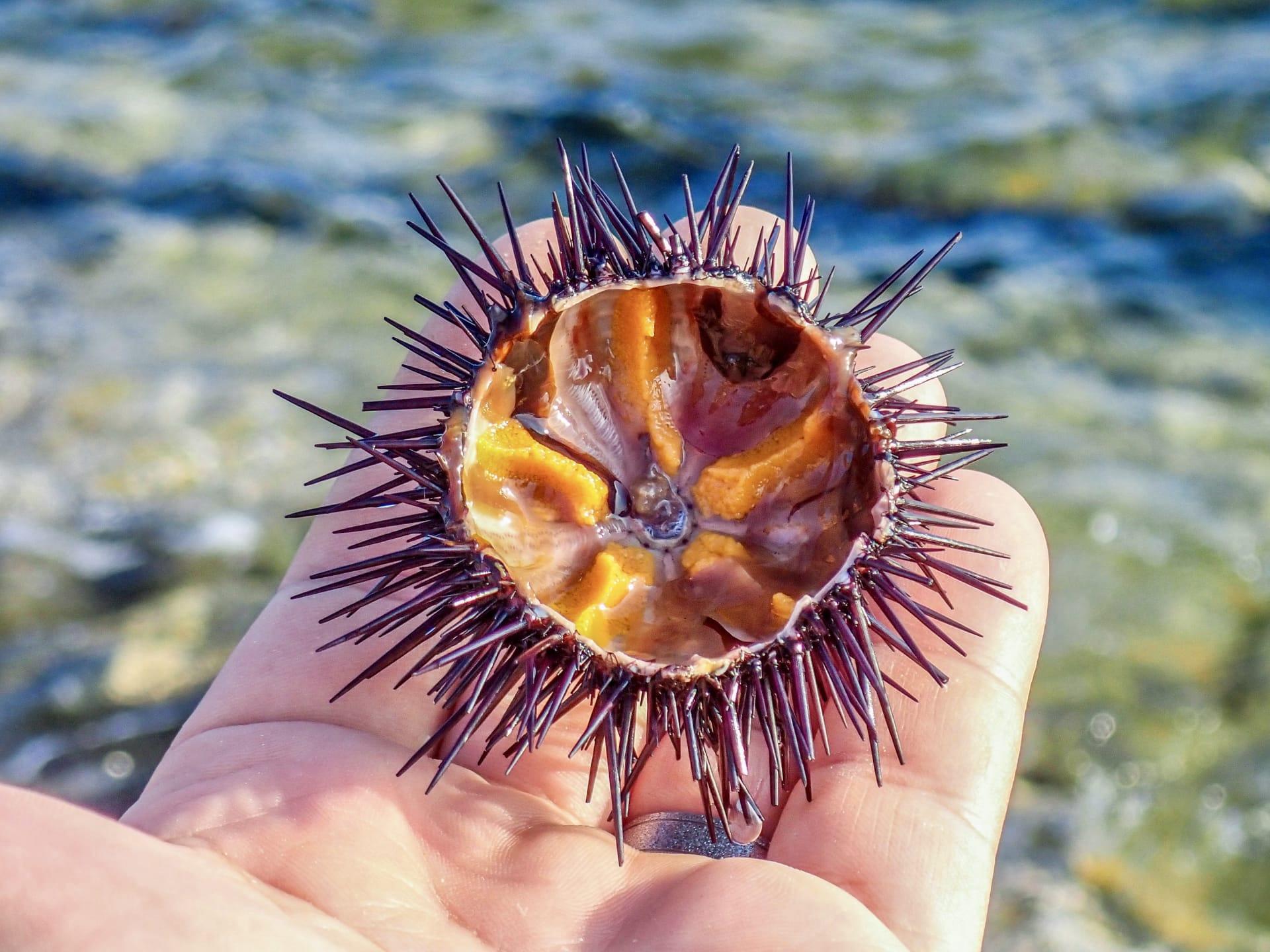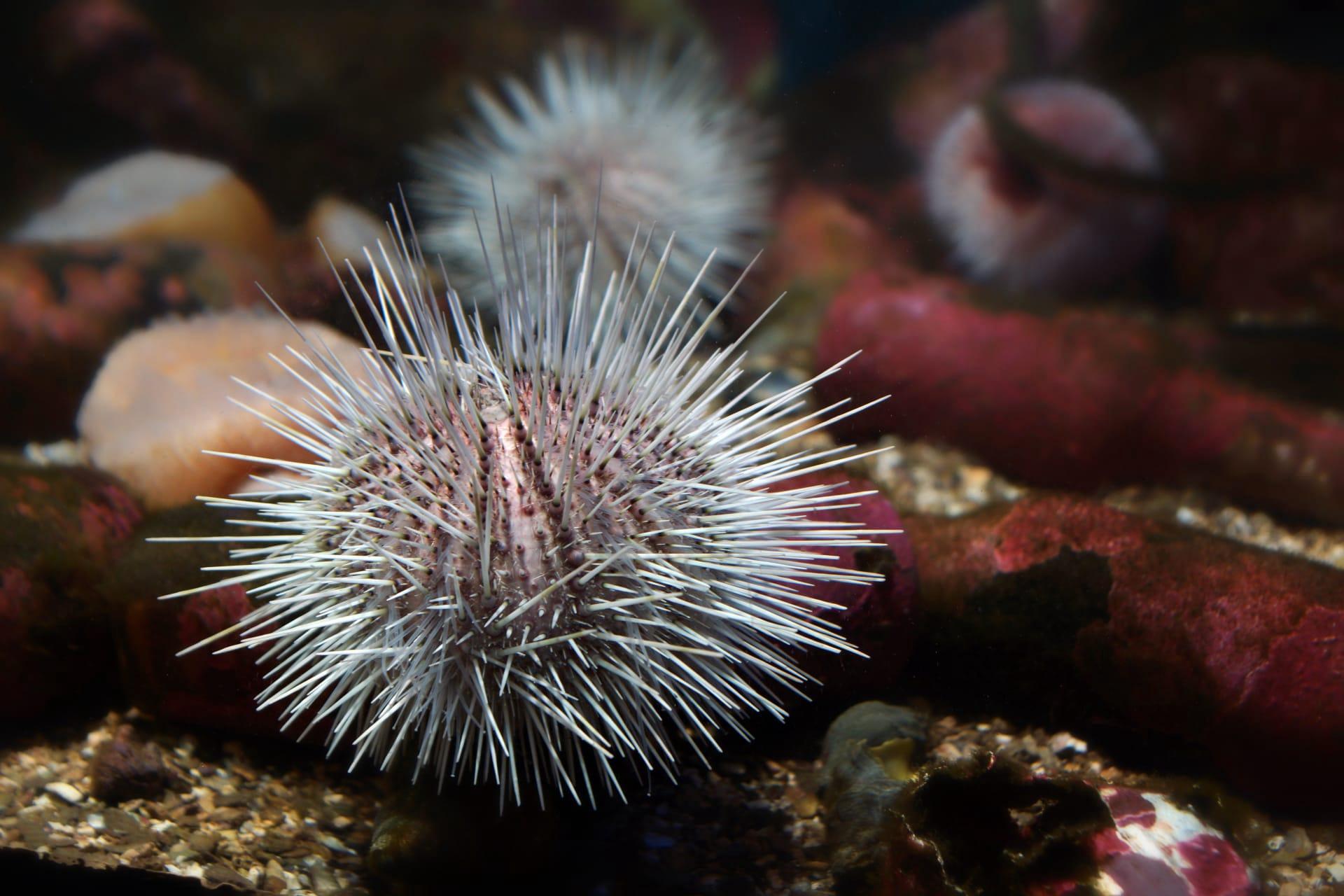1
Sea urchins, those spiny creatures of the ocean, have a remarkable way of moving around. Unlike fish that flap their tails or crabs that scuttle sideways, sea urchins use hundreds of tiny, tube-like feet to get from one place to another. These tube feet, which extend from between their spines, operate through a unique hydraulic system. Each foot is filled with sea water, which the urchin can control to extend or retract the foot, allowing it to grip onto surfaces or push itself along the ocean floor. This intricate system not only aids in locomotion but also in capturing food, showing the complexity of these seemingly simple sea creatures.
Another fascinating aspect of sea urchins is their ability to regenerate lost spines and tube feet, a feature not commonly found in many marine animals. If a spine is broken off, whether through an encounter with a predator or a rough brush with a rock, a sea urchin can regrow it over time. This regenerative ability extends to their tube feet as well, ensuring that they maintain their mobility and defensive mechanisms. The process can vary in length, depending on the size of the urchin and the extent of the damage, but it underscores the resilience and adaptability of these marine inhabitants.

2
Sea urchins have a unique feeding habit that contributes significantly to the health of marine ecosystems. They are known as the "lawnmowers of the sea" because of their ability to graze on algae, preventing it from covering coral reefs and other sea floor habitats. This grazing not only keeps the algae populations in check but also ensures that the reefs remain healthy and accessible for other marine species. However, an imbalance in sea urchin populations can lead to overgrazing, demonstrating the delicate balance within ocean ecosystems.
Interestingly, sea urchins possess one of the most distinctive mouth structures in the animal kingdom, called Aristotle's lantern. Comprising five tooth-like plates that can move independently, this apparatus allows sea urchins to scrape, cut, and chew their food, particularly algae, with remarkable efficiency. The name comes from the ancient Greek philosopher Aristotle, who first described this structure, highlighting its complexity and effectiveness in feeding.

3
Sea urchins play a critical role in scientific research, particularly in the field of developmental biology. Their eggs are transparent and develop outside the mother's body, making them ideal subjects for studying fertilization and embryonic development. The simplicity of their early developmental stages, combined with the ease of observing cell division and differentiation, has provided invaluable insights into the basic principles of biology and genetics. Research on sea urchin embryos has even contributed to our understanding of human developmental diseases and the aging process.
Another intriguing fact about sea urchins is their long lifespan, with some species living for more than 30 years in the wild. This longevity, combined with their resistance to many common marine diseases, makes them fascinating subjects for aging research. Scientists study sea urchins to understand the mechanisms behind their lifespan and resistance, hoping to uncover clues that could inform human health and longevity.

4
Sea urchins have a remarkable sensory system that allows them to navigate their environment despite lacking traditional eyes. Their entire body acts as a compound eye, with light-sensitive cells scattered across their spines and skin. These cells can detect changes in light and shadow, enabling sea urchins to discern the presence of predators or obstacles and react accordingly. This unique form of vision is a testament to the diverse evolutionary adaptations in the marine world, showing that sight can be achieved in many different ways.
In addition to their unconventional vision, sea urchins also have a strong sense of smell, which they use to locate food and detect threats. They can sense chemical changes in the water, allowing them to home in on algae and other food sources or flee from potential dangers. This olfactory ability, combined with their light sensitivity, provides sea urchins with the tools they need to survive in their varied and often challenging underwater habitats.

5
The skeleton of a sea urchin, known as a test, is a marvel of natural engineering. Composed of numerous calcareous plates fused together, the test provides a rigid yet lightweight protection for the sea urchin. The geometric precision and strength of this structure have inspired architects and engineers in the design of domes and other complex structures, showcasing how nature can inform human innovation. The test's design allows for the efficient distribution of forces across its surface, minimizing damage from predators and environmental stresses.
Sea urchins exhibit a wide variety of colors, ranging from deep reds and purples to vibrant greens and blues, and even stark whites and blacks. These colors serve multiple purposes, from camouflage against predators to attracting mates. The pigments in their skin and spines can also change depending on their diet and environment, demonstrating the sea urchin's ability to adapt to its surroundings. This color variation not only contributes to the visual splendor of marine ecosystems but also highlights the intricate relationships between diet, environment, and survival in the ocean.